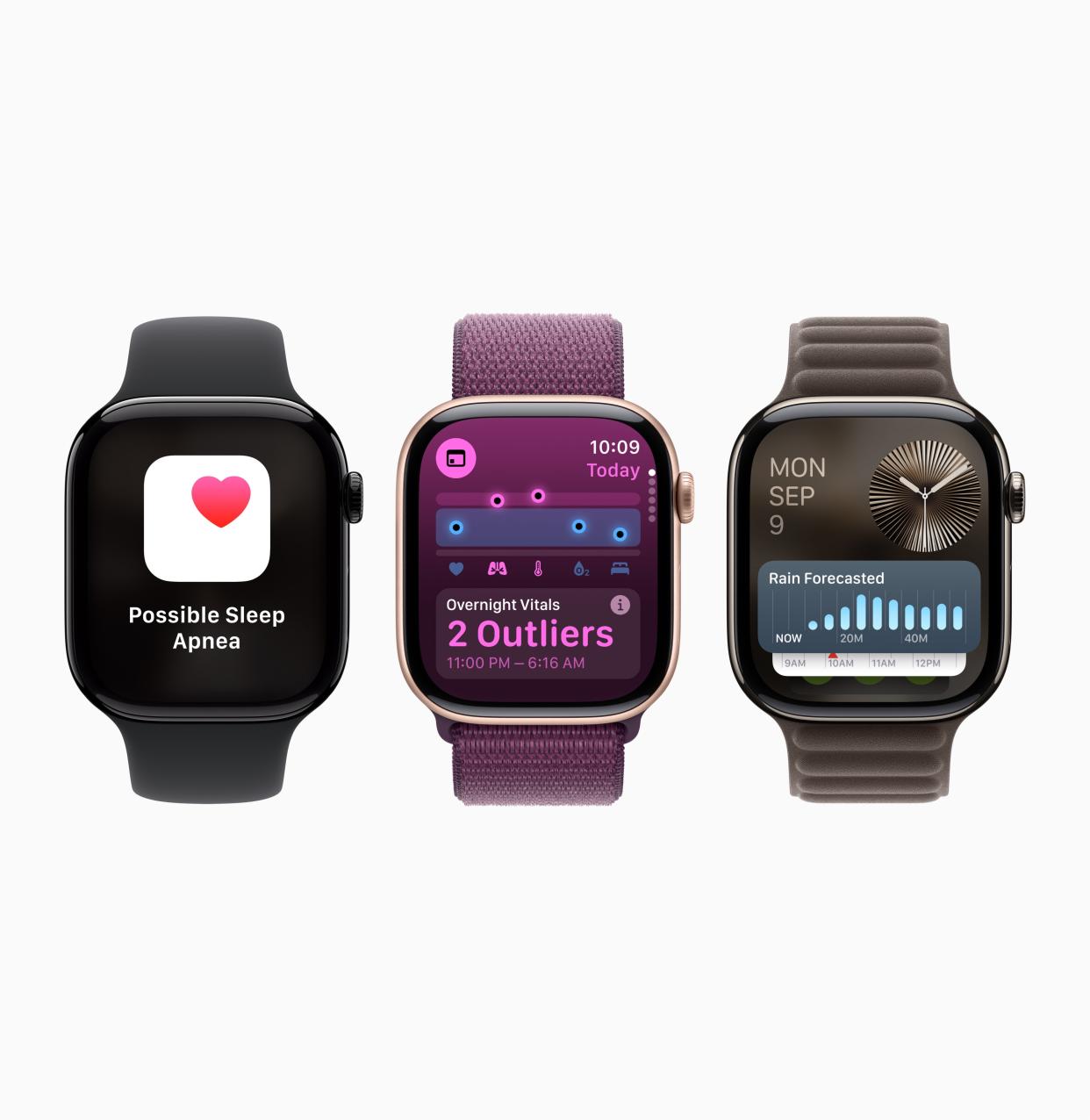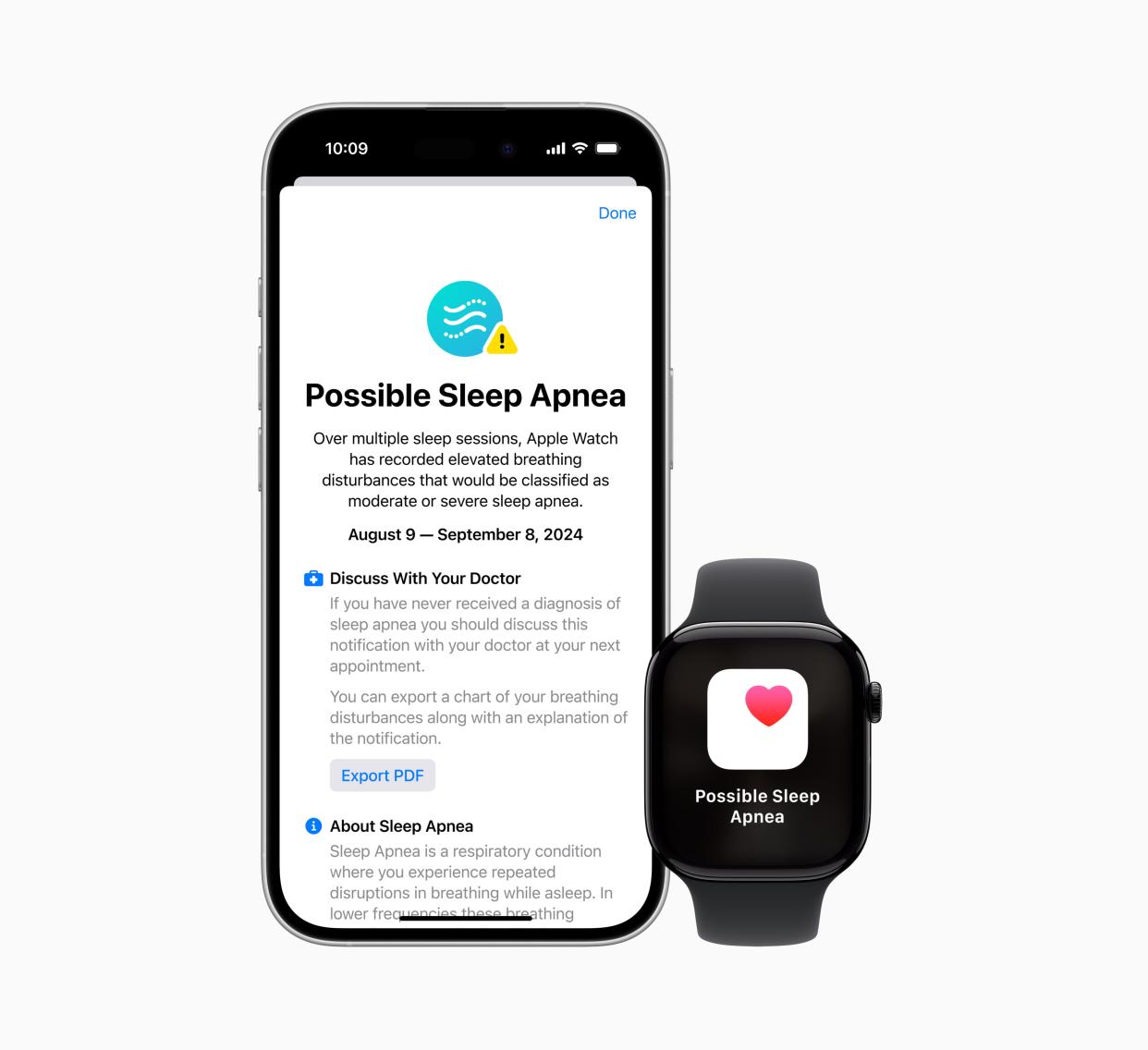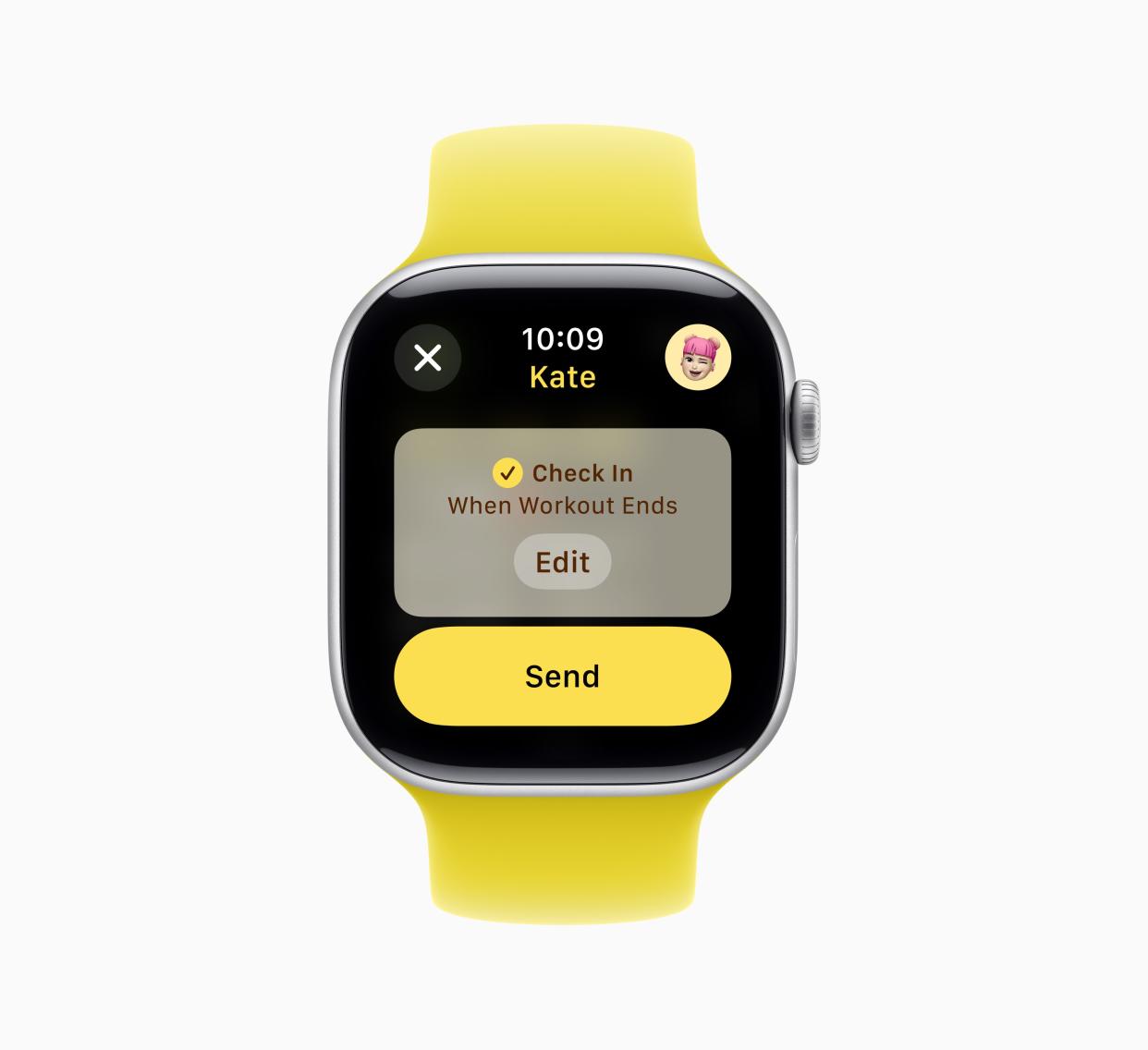Apple Watch Series 10 review: Bigger and brighter
The Apple (AAPL) Watch Series 10 brings some of the biggest changes to the company’s popular smartwatch in years. It gets larger display options, a slimmer body, a faster-charging battery, and audio playback via its built-in speaker.
The 10th anniversary Apple Watch doesn’t just get hardware updates, though. The Series 10 also introduces a bevy of software features via watchOS 11, including sleep apnea detection, the ability to pause fitness tracking when you’re sick and don’t want to feel guilty for not exercising, and a new Vitals app that tracks your health over time and tells you if important metrics like body temperature and respiration are off.
If you’re still sporting an Apple Watch Series 6 or older, it’s easy to recommend that you upgrade to the Series 10. But if you’ve got an Apple Watch Series 7 or newer, it’s more difficult to suggest making the leap to the Series 10. Your older watch will still get watchOS 11, and the difference between screen sizes is harder to discern unless you’re looking at your old Apple Watch right next to the Series 10.
That said, if you’re in the market for a new Apple Watch, the Series 10, with its hardware improvements, is the one to go with.
Bigger screen, smaller body, more power
The Apple Watch Series 10 comes with two new size options: the $399 42-millimeter version and the $429 46mm model. That’s 9% more screen real estate than the 41mm Apple Watch Series 7, 8, and 9 and 7% more than the 45mm Series 7, 8, and 9.

I wear a 45mm Apple Watch Series 8 virtually every day, and it’s pretty tough for me to spot the difference between the 46mm and 45mm displays. Yes, you get an extra line or so of text when reading text messages or news articles on the larger screens, but I wouldn’t say that’s enough to drop a few hundred bucks on a new watch.
It’s a different story when you’re coming from the older Apple Watches, though. Apple says the 42mm Series 10 has 30% more screen space than the 40mm version of the Series 4, 5, and 6, while the 46mm model offers a 25% larger display than the 44mm Series 4, 5, and 6. And if you’re coming from the Series 2 or 3, you’ll get between 75% and 65% more screen area. In those cases, you’ll absolutely notice the larger display.
Apple says the Series 10 screens now feature wide-angle OLED technology, making them easier to see at an angle, which is generally how people look at their watches. The Series 10 body is also 1mm thinner than the Series 7, 8, and 9 and offers a more rounded design than its predecessors. The result is a watch that sits more comfortably on your wrist.
There’s also a new speaker on the side that lets you play music from your wrist. It’s not going to sound as good as it would coming out of your iPhone or AirPods, but it gets the job done if you’re in a relatively quiet space and need some tunes. Don’t try using it as your shower speaker, though: You won’t be able to hear it.

The Apple Watch Series 10 still gets the same 18 hours of battery life as last year’s model, but Apple says it’s refined the charging system so that you’ll now get up to 8 hours of use from just 15 minutes of charge time and fill 80% of the battery in 30 minutes. That makes it far easier to use the Apple Watch to track your sleep at night since you can now drop it on the charger while you get ready in the morning and have plenty of juice to power it throughout the day.
In my experience, the Apple Watch Series 10's battery has lasted all day, overnight while tracking my sleep, and well into the next day before I needed to recharge it.
Apple's watchOS 11
Apple’s watchOS 11, the latest version of the operating system that powers the Apple Watch line, includes a host of new features for the Apple Watch Series 6 and newer as well as the Ultra, Ultra 2, and second-generation Apple Watch SE.
The new Vitals app records your health stats while you sleep to provide you with an ongoing record of your overall general wellness. That includes your heart and respiratory rates, wrist temperature, and sleep duration.
The idea is to give you a sense of what’s normal for your body and provide you with a better understanding of what impacts your health and fitness, whether that’s being sick or having a few too many adult beverages during happy hour.
Apple has also added a Training Load feature that logs your overall effort while working out. Over time, you can see if you’re pushing yourself harder or going too easy while exercising and adjust your workouts appropriately. I’ve been using Training Load for the past week and appreciate the ability to see when I’ve been working out too hard and when I’ve needed to step it up.

WatchOS 11 also includes a new Check In option that lets you send an alert to your close contacts when you finish a workout like an outdoor run. I was out for a run a few months back and was hit by a car, and while I was able to call my wife right away, Check In would have been incredibly helpful if I hadn't been. If she didn’t get a Check In alert in the normal time it usually takes for me to complete my run, she could have looked up my location in the Find My app to see what was going on.
Apple is also rolling out a new sleep apnea detection function for the Apple Watch. The feature tracks micro-movements using the watch’s accelerometer to determine if you’re having trouble breathing. Every 30 days the software will analyze your data to determine if you’re experiencing sleep disturbances and alert you if you may be at risk of sleep apnea. You can then take that data to your doctor to further discuss the matter.
It took years of me snoring at night before I finally went to get a sleep test to determine that I had sleep apnea. But if my watch had been telling me I had a potential problem, I likely would have gone out and gotten one sooner. That said, if you’re already being treated for the disorder like me, this feature isn’t for you.
Better and bigger
I’m a big fan of the Apple Watch, partly because I like getting notifications without having to check my phone all the time and because I love tracking my fitness activity. With its updated hardware and improved software, the Apple Watch Series 10 is the company’s best iteration of its popular wearable yet.
That said, it’s not exactly necessary to upgrade if you’re already rocking a Series 8 or newer. You’ve still got a great watch that will easily run watchOS 11. If you’ve got an older model, however, now is the time to consider making the jump to the latest model, especially if you’re coming from a Series 6 or older.
Now I’m off to test out the watch’s sleep tracking feature a little more. It’s for work, after all.
Email Daniel Howley at dhowley@yahoofinance.com. Follow him on Twitter at @DanielHowley.
Click here for the latest technology news that will impact the stock market
Read the latest financial and business news from Yahoo Finance

